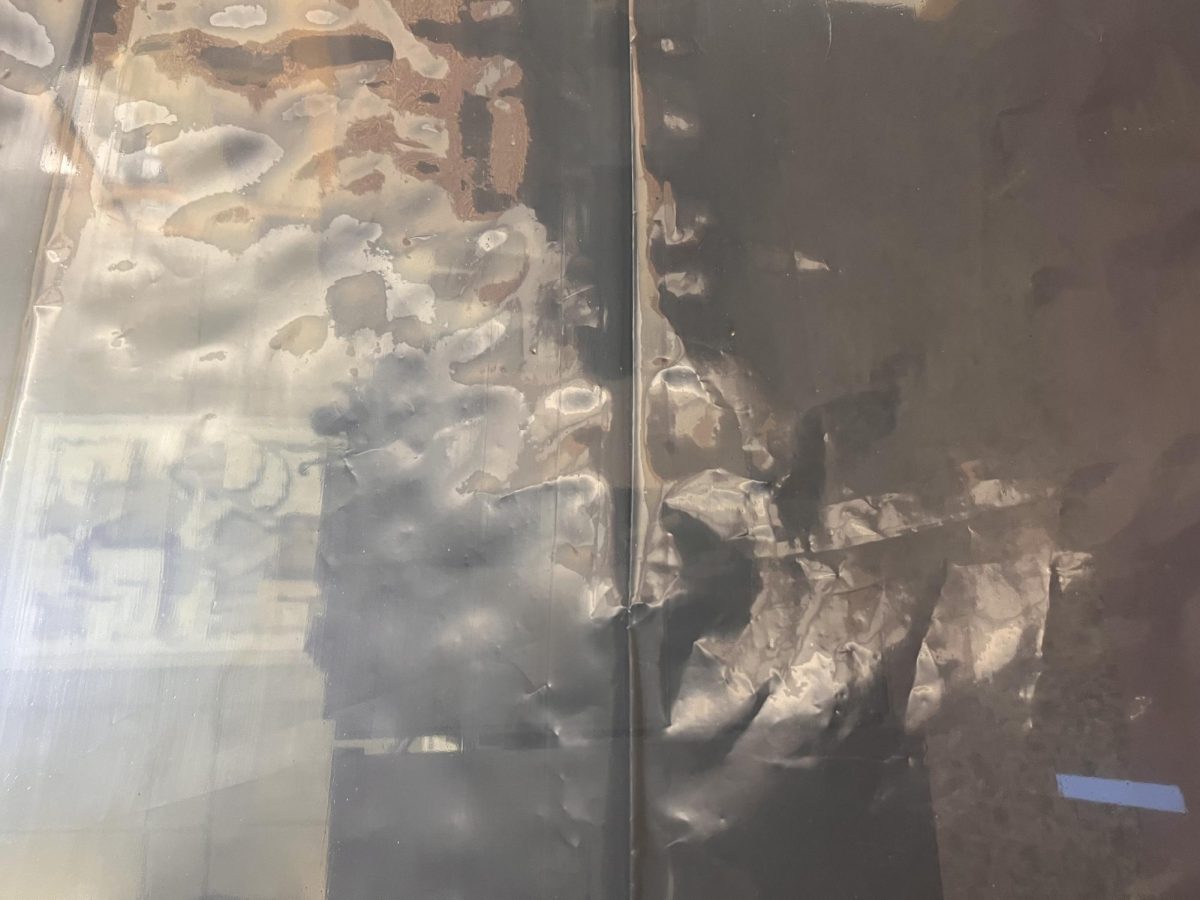
The food that is prohibited in certain religions is not what matters most. This was the message to Weber State University students and faculty from Kate Holbrook, leading voice in the study of Mormon women and Mormon foodways.
The presentation was brought to WSU by WSUSA Convocations, the Center for Community Engaged Learning and the Ogden Institute of Religion.
Holbrook started by asking two questions to the audience “Why does history matter?” and “Why does food matter?”
“History helps us to see why things are the way they are… There are a lot of reasons why food matters to Mormons,” said Holbrook.
Holbrook said there are two things that have influenced the Mormon ethics of eating within The Church of Jesus Christ of Latter-day Saints, Relief Society and The Church’s welfare program.
According to lds.org, the Relief Society is the church’s organization that all women from ages 18 and up are part of. This organization was founded by the LDS prophet Joseph Smith in 1832. The organization was instituted to help the needy, the poor, the widow and the orphan. It’s motto is “Charity never faileth.” This principle is echoed in its seal.
The seal is composed of a letter R and a letter S joint in a sphere that is inside two bigger spheres. The bottom part of the second sphere has a torch, and the biggest sphere has two ears of wheat, one on every side.
Holbrook said there are three relevant elements on the Relief Society’s seal that are important to the Mormon ethics of eating, which are charity, wheat and the torch.
The charity element comes to play when members of the church give food to people who are going through a difficult time. The food is not fancy, but instead easy to cook, convenient and nutritious.
“When I first told one my friends that I was going to study the Mormon ways of eating she said, ‘You know what? Mormon food habits is giving food away,'” said Holbrook.
Holbrook illustrated the charity principle by telling different stories where people who were having difficulties were helped and comforted with food by fellow members of the church.
The second program/organization that has influenced the Mormon ethics of eating is its welfare program.
According to lds.org, the welfare program was initiated in 1830, but was not officially established until 1936. The program was created with the purpose of caring for the needy, and at the same time, teaching principles that will allow those people to become self-reliant.
Holbrook said there are three important principles inside this program that influence the Mormon ethics of eating. The elements are frugality, gardening and food storage.
Holbrook also mentioned the cookbook, “Mormon Country Eating.” According to her, it is the book that represents the Mormon way of eating. The book was published in 1980.
Winnifred C. Jardine, author of the book, worked for 30 years at the Deseret News. The author collected recipes from the columns she wrote for the Deseret News. She had readers vote which recipe was their favorite and then she took that information and put it into the book.
“These were really people’s favorite recipes,” said Holbrook.
Dayle Williams, a WSU student, said that people who are LDS become very innovative when it comes to food.
“Do what you can in order to survive,” said Williams.
Amy Peterson, a student at the LDS Institute of Religion, said that she enjoyed the presentation and that it was very educational.
“I liked the history of it,” said Peterson.
“I think is important for people to come to the convocations, especially this one, because it explains that LDS people don’t eat weird food, and we eat like other people too,” said Williams.













